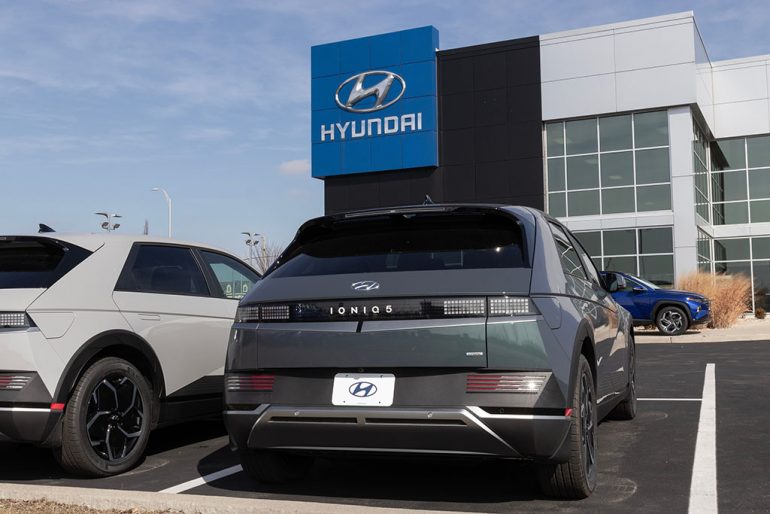
According to analysts and industry data, the electric vehicle (EV) market in the United States is experiencing growth, but at a slower pace than expected. This has resulted in a buildup of unsold EVs at some automakers’ dealerships and has prompted Tesla to implement new price cuts. The rising inventories and price reductions may indicate a temporary pause in the growth of the EV market. However, it could also be an indication that increasing U.S. EV sales beyond the current 7% market share will be more challenging and costly than anticipated, despite federal and state subsidies.
Automakers in North America have made significant investments in EVs, and the next few quarters will be crucial in determining the outcome. If EV production continues to outpace demand, automakers will have to make tough decisions between reducing prices and profit margins or slowing down assembly lines. AutoForecast Solutions predicts that over 90 new EV models will enter the U.S. market by 2026, but many of them are expected to struggle to achieve profitable sales volumes.
Also, don’t forget that you can get discounted new car pricing with a free quote through qualified local dealer partners.
Reports from Cox Automotive indicate that established automakers like General Motors (GM), Ford, Hyundai, and Toyota have accumulated over 90 days’ worth of unsold EVs at their dealerships based on current sales rates. Cox’s data reveals that U.S. dealers now have over 92,000 EVs in stock, more than triple the number from a year ago. Overall, new vehicle inventories have increased by 74% compared to the previous year.
While some automakers face challenges in managing their inventories, there is variation in the availability of EV models. GM, for example, had a lower supply of Cadillac Lyriqs compared to the industry average, with the majority of Lyriqs and GMC Hummer EVs still in transit to dealerships. GM’s primary challenge lies in ramping up production and delivery of its next-generation EVs built on the Ultium architecture. Ford, on the other hand, disputes Cox’s inventory figures for its F-150 Lightning and Mustang Mach-E, stating that the inventories are lower than reported.
Volkswagen dealers have a significant inventory of ID.4 electric SUVs, and the company attributes the softening of EV sales in the U.S. to supply chain bottlenecks that have now eased, allowing for increased production. However, VW mentions a shortage of all-wheel-drive versions of the ID.4, which is in high demand in the market. Confusion regarding tax credit eligibility for EV models has also affected customer purchasing decisions.
It is important to note that the U.S. EV market is still in its early stages, with consumers evaluating whether EVs suit their needs and major automakers scaling up production. The market’s growth rate is a subject of debate, and there is a saturation of brands, causing confusion among consumers. Some industry experts believe that only the strongest players will succeed, while others will face challenges.
Tesla, which holds a cost advantage in EV production, has been using price cuts to stimulate demand. Legacy automakers, however, are facing losses on most of their electric models. Tesla’s price reductions, along with responses from competitors, have contributed to a decrease in the average selling prices of EVs in the second quarter. Automakers are also under pressure from regulatory measures proposed by the Biden administration to shift sales towards two-thirds EVs by 2032. However, some automakers argue that this target is unrealistic.
Despite the current situation, experts suggest that U.S. EV demand has not yet reached a plateau but is experiencing fluctuating growth. The market is still evolving, and continued growth is expected.
Source: Reuters